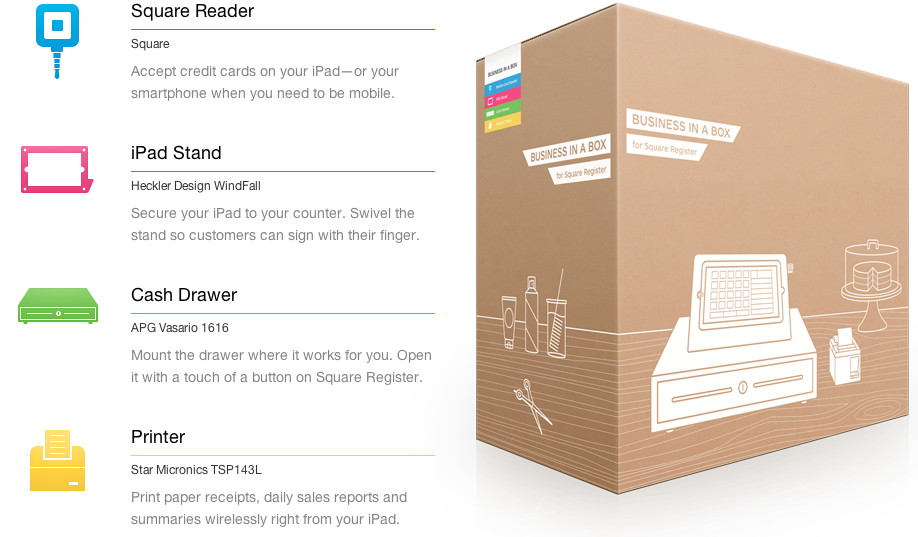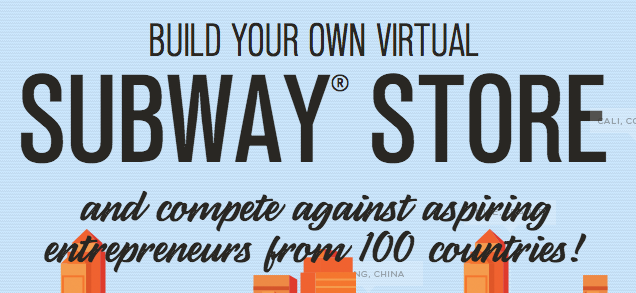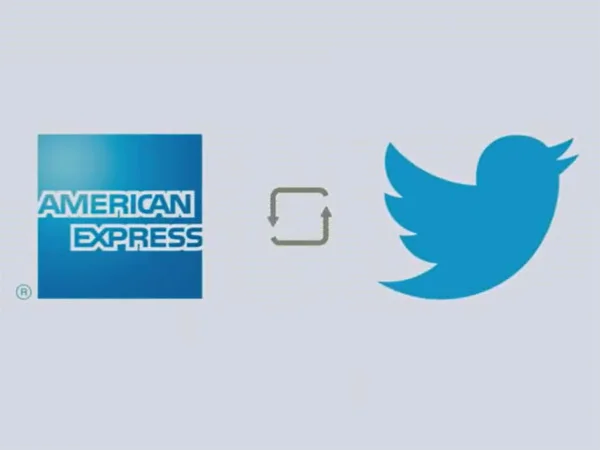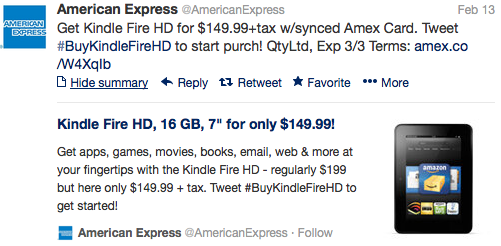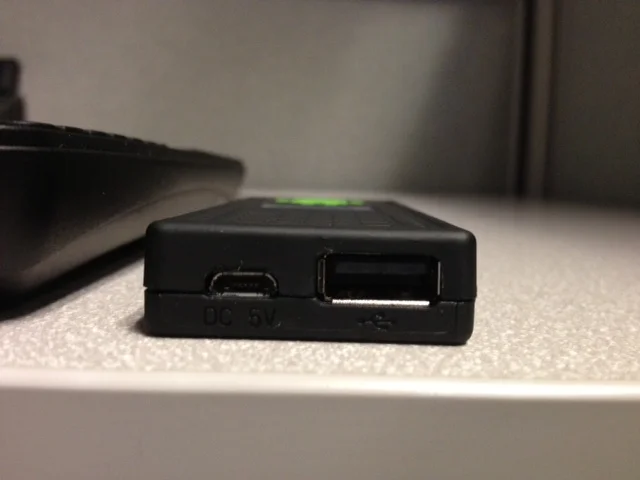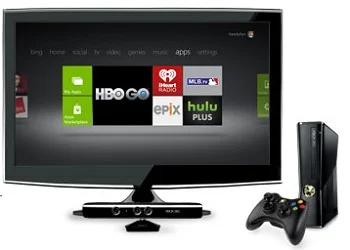Pay attention.
As my hero Sherlock Holmes would say ... observe.
Do you recognize this font?
This was the original name given to what we now know as Helvetica. This font is actually all around us now and has been for many years. I recently learned about all of this after watching one of Gary Hustwit's documentaries suitably named, 'Helvetica.'
The documentary not only taught me a lot about the history of the famous font, but it also taught me about the 'curse' of being a designer. You can probably imagine what this curse is, it's basically that designers see design everywhere. Actually, I should say ... designers observe design everywhere. Everyone sees design everywhere.
Is this a 'curse' really? No. It's a gift. In fact, I would argue that in some way we all have this gift. Each of us is good at something. We are all artists. The simplest example could be what you do for a living; however, it could be something you've done in the past, a hobby, a sport ... something. If we can recognize that we are good at this thing, we can also recognize when others are good at it too.
More importantly though, we can recognize when others are bad at it.
This is when we can choose to do something good. This is when we can learn to be creative. When you recognize your art being done badly, think of how you would do it differently. Do this often. Every time you come across your art in some way, observe it, think about how you might change it, think about the process that went into it.
Next time you do your art, bring to memory all the recent art that you have observed and the ways in which you would do your art differently ... now is your chance.
Be creative.




